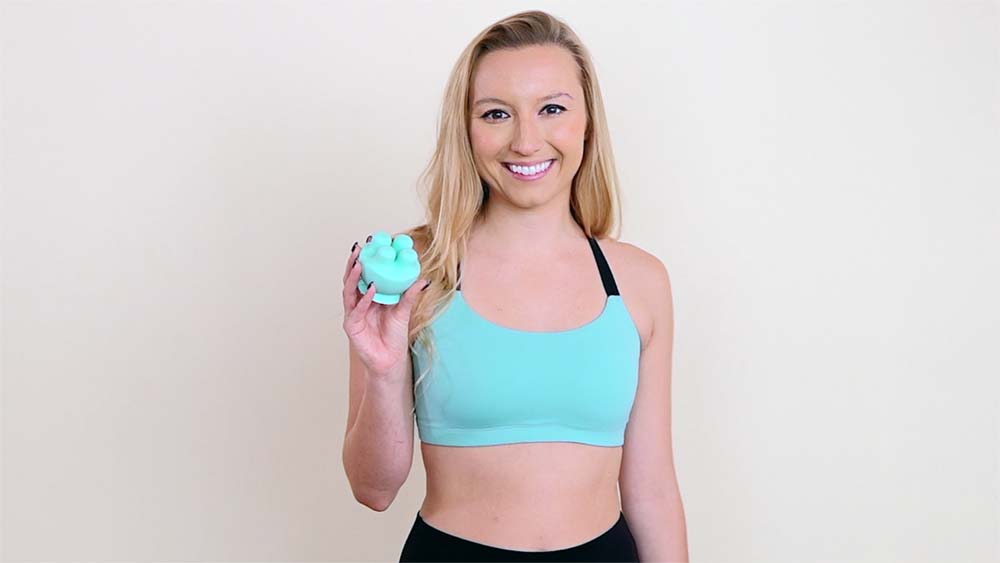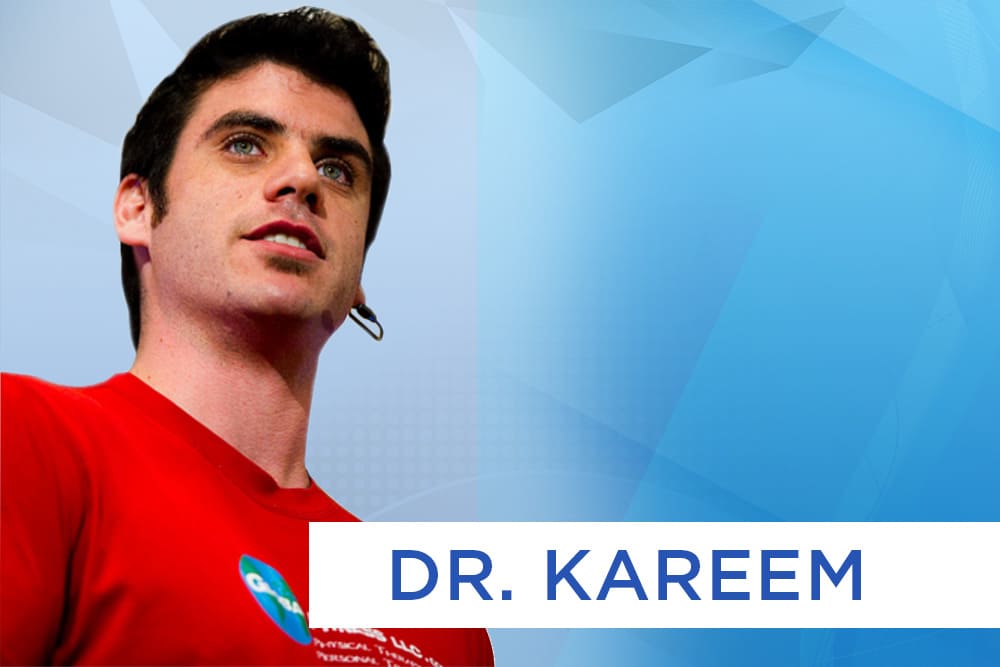1.) Stop recurrent injury?
2.) Remind you to fix something?
3.) Signal your body is too stressed?
4.) Prevent new injury.
With exercise, as with medicine, above all else, do no harm. That should be a recurring reminder with all that we do.
So, why do we have pain?
Pain exists to act as a warning system for your body, and we should be very grateful for its presence. Often times, our bodies “over-heal” and cause restrictions and scar tissue to form.
For example, if you tear your hamstring, your body may actually shorten the length of your hamstrings, preventing you from gaining flexibility. Myofascial restriction, which is a webbed-like substance that adheres to your muscle acts as an anchor over the portion of your muscle where the tear took place, prevents further damage.
This is very useful… for awhile… but then what?
Pain is a reminder to fix yourself.
You have to get rid of this stuff. You have to manage your restrictions and improve your own exercise outcome.
Your body is keeping you in pain because you are still restricted and it wants to keep you from tearing an injury that is no longer relevant.
- Release the restriction.
- Bring blood flow to the area cautiously.
- Re-train the muscle to know it’s new length and strength.
When you’re having trouble healing from injuries or aches that used to be easy, there’s a couple of things that may be taking place:
- Too much myofascial restriction – you’ve taken up the “slack” in your body. Basically, you get an extra 2.5 cm of fascia in your body. When you use it up, albeit through emotional, physical, psychological, or spiritual trauma, you use up some of this slack. As an example, you may have fallen off your bike as a kid and used up 1mm. Then, you may have lost a loved one and used up another cm. Over time, you may take up all your slack and mistake this for “getting old.” Good thing I’m here to teach you how to restore your slack and “feel young again.”
- Too much stress. This is often coupled and managed through myofascial restrictions, in part, due to the fact that this tissue is a very innervated tissue that wraps around your entire body and responds to stress by tightening. Simultaneously, when you’re stressed, your blood sugar/insulin ratio tends to spike out of control. With poor blood sugar management, it’s very difficult to heal. That’s why diabetics have such a hard time healing or getting out of pain. Stress can make you a pseudo-diabetic. Pretty scary, huh?
When managing pain, we need to consider it’s cause and the rationale our bodies may be keeping it before we know it’s resolution.
I’m going to help you figure out your pain.







